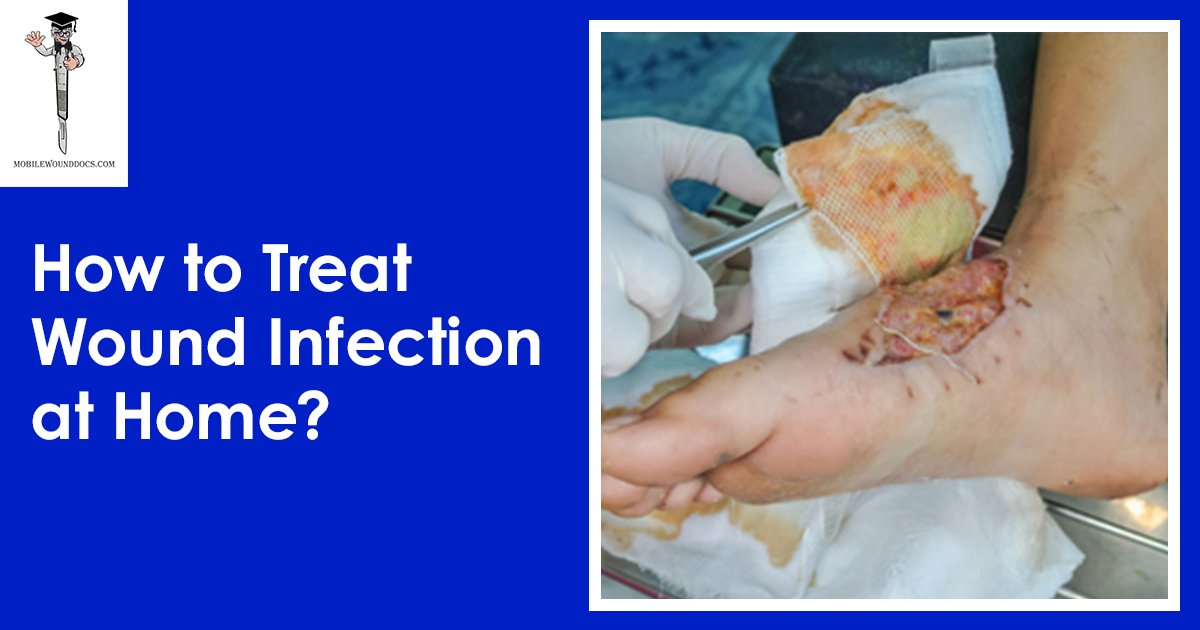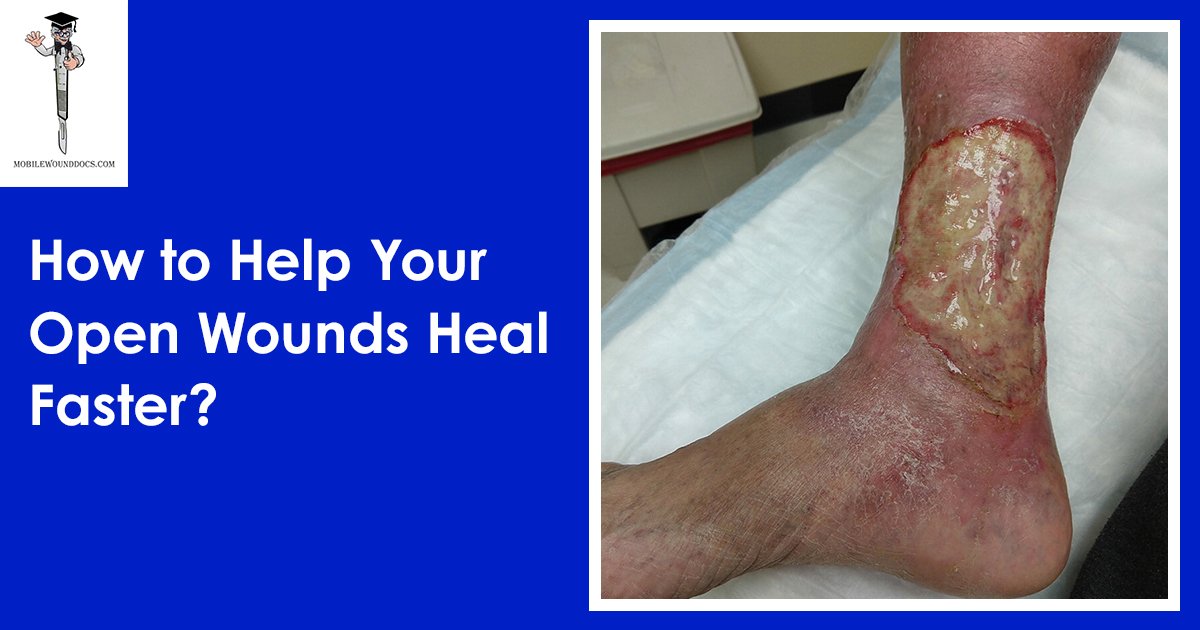Daniel Davidson, MD, MBA, DBA, PHD
Introduction:
Decubitus ulcers, sometimes referred to as bedsores or pressure ulcers, are a serious health danger, especially for people who are bedridden or have restricted mobility. Prolonged pressure on the skin, which is frequently made worse by friction and shear forces, results in these excruciating wounds. Although preventing decubitus ulcers is the best course of action, controlling wounds that already develop and averting additional complications also depend on efficient treatment and reversal techniques. We explore the techniques for cubitus ulcer prevention, treatment, and reversal in this article.
Prevention:
How to Avoid Decubitus Ulcers:
Pressure Redistribution:
One of the main causes of decubitus ulcers is prolonged pressure on particular body parts, such as bony prominences. It’s critical to frequently redistribute pressure in order to prevent these ulcers. It is recommended that caregivers help people who are bedridden or have restricted movement to change positions often—ideally every two hours. This encourages proper blood flow to the skin and underlying tissues and relieves pressure on sensitive areas.
Support Surfaces:
It is essential to reduce pressure and shear forces on the skin by using specialized support surfaces, such as mattresses, overlays, or cushions that relieve pressure points. These surfaces are made to reduce pressure points, disperse weight uniformly, and provide weaker sections more support. The best support surface for a patient’s needs will depend on their mobility status and risk factors, which should be evaluated by healthcare professionals.
Optimal diet and Hydration:
Sustaining skin resilience and integrity requires proper diet and hydration. While hydration keeps the skin moisturized and supple, proper nourishment promotes tissue regeneration and repair. In order to prevent dehydration, caregivers should make sure that patients receive a well-balanced diet high in protein, vitamins, and minerals as well as enough water.
Skin Care:
Preventing decubitus ulcers requires maintaining proper skin hygiene. To avoid irritation and breakdown, caregivers should maintain the skin clean, dry, and hydrated. It is essential to regularly examine the skin for indications of redness, discolouration, or injury in order to identify possible ulcer sites early on. People who are vulnerable should be given gentle washing, moisturizing, and shielding from too much moisture or friction.
Education and Training:
Effective ulcer prevention depends on teaching patients, caregivers, and medical professionals the value of taking preventive actions. It is important to provide caregivers with training on correct placement, skin care procedures, and the utilization of supportive surfaces. Additionally, patients and their families should be educated on the value of water, diet, and mobility in preventing ulcers.
Treatment:
Wound Debridement:
In order to encourage healing and stave against infection, the ulcer site must have any dead or necrotic tissue removed. Debridement can be accomplished in a number of ways:
Surgical Debridement:
Using scalpels, scissors, or other tools, necrotic tissue is surgically removed.
Mechanical Debridement:
Mechanically removes necrotic tissue by using hydrotherapy or wet-to-dry dressings.
Enzymatic Debridement:
This process uses topical enzymes to break down necrotic tissue in a targeted manner.
Autolytic Debridement:
This process uses moisture and the bodies own enzymes to naturally break away necrotic tissue. Using the proper dressings and keeping the wound moist surroundings often helps with this.
Site Dressings:
Keeping the site moist, absorbing extra fluid, and encouraging the growth of granulation tissue all depend on the choice of wound dressing. Typical kinds of bandages for wounds consist of:
Hydrocolloid dressings:
When in contact with wound exudate, they form a gel that creates a moist environment that promotes healing.
Foam dressings:
Maintain a wet wound environment while offering absorbency and cushioning.
Alginate dressings:
Produced from fibers found in seaweed, these dressings are very absorbent and can be used on wounds that discharge a lot of fluid.
Transparent films:
Let you see the wound while offering protection from moisture and bacteria.
Infection Control:
An important part of treating ulcers is preventing and controlling infections. This could include:
Topical Antiseptics:
Applying antiseptic creams or solutions to the wound bed in order to lessen the bacterial burden.
Systemic Antibiotics:
When a wound infection is suspected or confirmed, oral or intravenous antibiotics may be administered.
Wound Irrigation:
To get rid of bacteria and debris, flush the wound with a sterile solution like saline.
Offloading Pressure:
In order to promote healing, pressure must be released from the damaged area. This could include:
Specialized Support Surfaces:
Redistributing pressure away from the ulcer site by using mattresses, cushions, or pads that relieve pressure.
Positioning Alterations:
To relieve pressure on sensitive areas, the patient should be positioned often.
Pain management:
Improving patient comfort and treatment compliance requires addressing pain related to decubitus ulcers. Among the techniques for managing pain are:
Administering painkillers as needed, such as acetaminophen, NSAIDs, or opioids, is known as analgesic medication administration.
Topical Agents:
To relieve pain, apply topical analgesics or anesthetics to the ulcer site.
Non-pharmacological Interventions:
Using methods to reduce discomfort, such as cushioning, postural adjustments, or relaxation exercises.
Reversal:
Decubitus ulcers can be reversed by encouraging the injured tissue to repair and regenerate, returning the affected area to a state of health. Although prevention is the best course of action, treating ulcers that have already developed calls for focused therapies to promote tissue healing and stop further worsening. Here’s a closer look at the idea of reversal and the associated tactics:
Enhancing Tissue Circulation:
Sufficient blood flow is necessary for tissue regeneration and repair. Among the actions to increase perfusion are:
Maintaining adequate hydration:
Sustaining sufficient fluid intake enhances blood volume and circulation, facilitating the transport of nutrients and oxygen to the ulcer site.
Nutritional support:
Eating a well-balanced diet high in protein, vitamins, and minerals helps the body recover itself by promoting tissue regeneration and immune system function.
Placing the patient correctly will reduce pressure on the ulcer site and encourage blood flow to the area. Repositioning on a regular basis is essential to stop more tissue injury.
Resolving Fundamental Causes:
Successful reversal depends on identifying and treating the underlying causes of ulcer formation. This could consist of:
Mobility:
Encouraging movement and physical exercise within the patient’s limits improves circulation and helps avoid applying pressure for extended periods of time to sensitive places.
Nutrition:
Treating malnutrition or essential nutrient deficits promotes tissue regeneration and repair.
Chronic illnesses:
Taking care of underlying medical issues including diabetes, vascular disease, or neurological disorders promotes wound healing and general health optimization.
Encouraging the Healing of Wounds:
Infection prevention and wound healing depend on effective wound care. Important tactics consist of:
Debridement of the wound:
Clearing the ulcer site of decaying tissue and debris promotes healing.
Moist wound healing:
Cell migration and granulation tissue formation are supported when a moist wound environment is maintained with the right dressings.
Control of infections:
Careful observation for indications of infection and fast administration of medicines when required aid in averting problems and accelerating the healing process.
Sophisticated therapies:
To speed up recovery, sophisticated wound care techniques including growth factor therapy, negative pressure wound therapy, or hyperbaric oxygen therapy may be used.
Education of Patients and Self-Care:
Providing patients with the necessary information and abilities to take charge of their own treatment is crucial to the effective treatment and avoidance of decubitus ulcers. The following should be the main subjects of education:
Skin Care:
Teaching the right methods for maintaining healthy skin, such as washing, moisturizing, and shielding the skin from shear and friction forces.
Positioning:
Teaching patients and careers how to shift positions frequently and align their bodies correctly to reduce pressure on sensitive areas.
Nutrition and Hydration:
Offering advice on how to sustain tissue regeneration and repair by eating a balanced diet and getting enough water.
Conclusion:
Although decubitus ulcers provide a substantial healthcare issue, their effects can be lessened with proactive prevention, prompt treatment, and all-encompassing management techniques. Healthcare providers can improve patient outcomes and improve the quality of life for those who are at risk of developing decubitus ulcers by emphasizing prevention, addressing underlying risk factors, and putting into place efficient treatment protocols.








